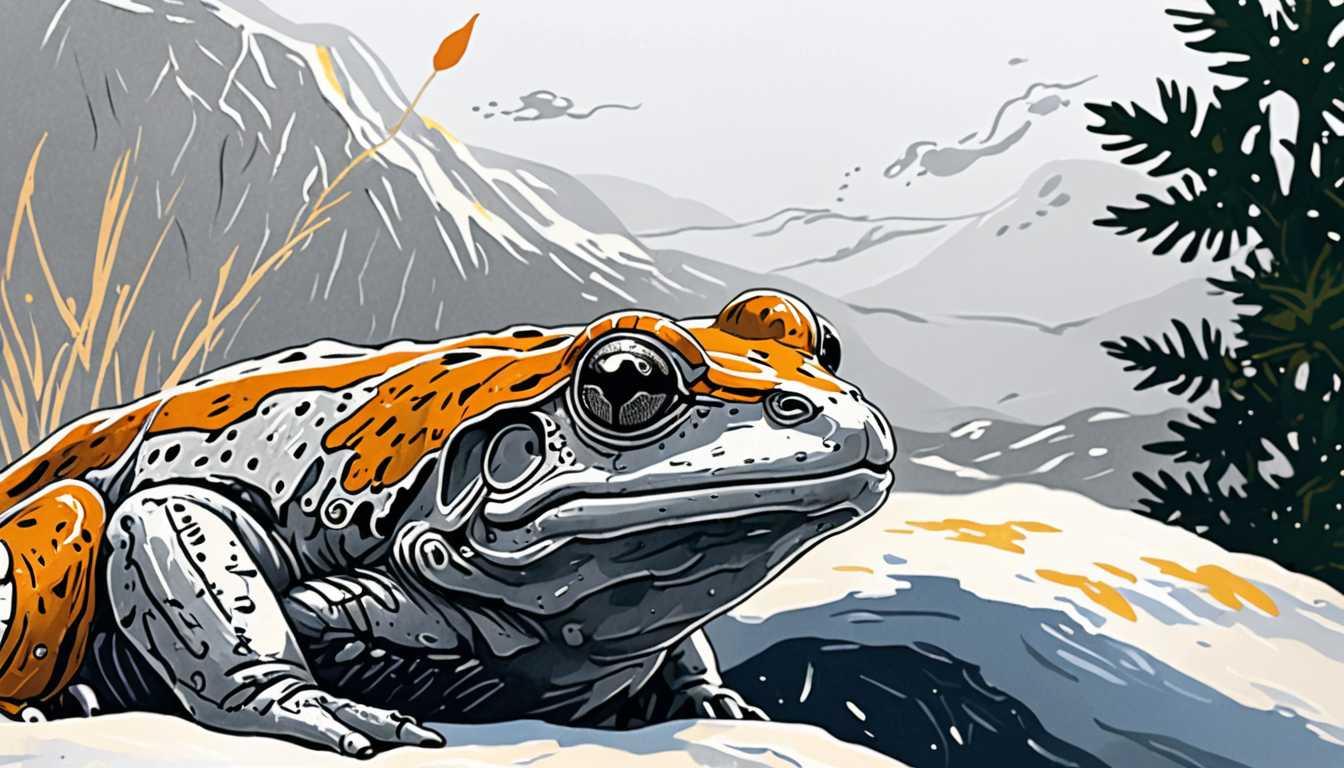Bacterial Evolution: From Environmental Dweller to Epidemic
July 2024
University of Cambridge
Introduction
Hey there, curious minds! Ever wondered how a tiny bacterium can wreak havoc globally? Dive into the fascinating world of Pseudomonas aeruginosa, a deadly pathogen responsible for over 500,000 deaths annually. Unravel the mysteries of its evolution from an environmental dweller to a specialized human threat, revealed by the brilliant minds at the University of Cambridge. Prepare to be amazed by the intricate dance of genetics and human behavior shaping this epidemic bacteria.
READ FULL ARTICLEWhy It Matters
Discover how this topic shapes your world and future
The Hidden World of Pseudomonas Aeruginosa
Have you ever thought about the tiny organisms that live all around us? Pseudomonas aeruginosa, a type of bacteria, is a perfect example of how something so small can have a huge impact on our lives. This bacterium is responsible for a staggering number of deaths each year, mainly due to its ability to resist antibiotics. What’s fascinating is how P. aeruginosa has transformed from an organism found in the environment into a dangerous pathogen that targets people with specific health conditions, like cystic fibrosis and chronic lung disease. This change is linked to our lifestyles, such as increased urban living and pollution. Studying this evolution not only helps scientists understand infection control better but also highlights the importance of public health measures that can protect vulnerable populations. As you learn more about this topic, you might discover how your choices and the environment can influence health on a global scale!
Speak like a Scholar
Antimicrobial Resistance (AMR)
A situation where bacteria and other microbes become resistant to medications that used to kill them, making infections harder to treat.
Phylogenetic Trees
Diagrams that show how different organisms or bacteria are related to each other, similar to a family tree, which helps scientists understand their evolution.
Epidemic
A sudden increase in the number of cases of a disease within a specific area or population, often spreading quickly.
Macrophages
Special cells in the immune system that act like eaters, engulfing and destroying bacteria and other invaders in the body.
Genetic Clones
Groups of bacteria that are genetically identical, often because they have rapidly evolved from a common ancestor.
Environmental Organism
A type of organism that typically lives in natural settings, such as soil or water, rather than in a host organism like humans.
Independent Research Ideas
The Impact of Urbanization on Bacterial Evolution
Investigate how living in densely populated areas affects the evolution of bacteria like P. aeruginosa. Understanding this could reveal important connections between human behavior and health.
The Role of Air Pollution in Respiratory Infections
Examine how different types of air pollutants contribute to the susceptibility of lung diseases, linking environmental science with public health.
Comparative Study of Immune Responses
Analyze why certain individuals are more susceptible to infections than others, focusing on genetic and environmental factors that influence immune responses.
Antibiotic Stewardship Programs
Research various strategies used in hospitals to combat AMR, exploring their effectiveness and how they can be implemented in different healthcare settings.
Exploring New Treatments for Cystic Fibrosis
Look into innovative therapies that could enhance the immune response against P. aeruginosa in cystic fibrosis patients, combining medical research with patient care strategies.
Related Articles

Turning Back Time: Biological Age
April 2023
Harvard University

Bears' Hibernation: Key to Diabetes Cure?
September 2022
National Geographic

Froggy Discoveries: Unraveling Human Disease
July 2024
University of Cambridge

Deciding Fate: Access to New Cures
August 2023
MIT Technology Review

Viruses: Humanity's Tiny Saviors?
May 2023
MIT Technology Review